
Charles Darwin speculated that language might have had its origins in singing and now linguists from MIT are taking that theory a step further by proposing that human language could be a grafting of two communication forms found in the animal kingdom.
Writing in Frontiers in Psychology, the scientists suggest that human language is a result of grafting birdsong with the more utilitarian, information-bearing types of expression seen in a diversity of other animals.
MIT’s Shigeru Miyagawa says that there are two “layers” in all human languages: an “expression” layer, which involves the changeable organization of sentences, and a “lexical” layer, which relates to the core content of a sentence.
Miyagawa argues that birdsong closely resembles the expression layer of human sentences – whereas the communicative waggles of bees, or the short, audible messages of primates, are more like the lexical layer. At some point, between 50,000 and 80,000 years ago, humans may have merged these two types of expression into a uniquely sophisticated form of language. “There were these two pre-existing systems,” he says, “like apples and oranges that just happened to be put together.”
Co-researcher Robert Berwick adds that these kinds of adaptations of existing structures are common in natural history. “When something new evolves, it is often built out of old parts,” he explained. “We see this over and over again in evolution. Old structures can change just a little bit, and acquire radically new functions.”
The researchers illustrate the difference between the expression layer and the lexical layer with the simple sentence: “Todd saw a condor.” Variations might include, “When did Todd see a condor?” This rearranging of elements takes place in the expression layer and allows us to add complexity and ask questions. But the lexical layer remains the same, since it involves the same core elements: the subject, “Todd,” the verb, “to see,” and the object, “condor.”
Birdsong, however, lacks a lexical structure. Instead, birds sing learned melodies with what Berwick calls a “holistic” structure; the entire song has one meaning, whether about mating, territory or other things. The Bengalese finch, as the researchers note, can loop back to parts of previous melodies, allowing for greater variation and communication of more things; a nightingale may be able to recite from 100 to 200 different melodies.
By contrast, other types of animals have bare-bones modes of expression without the same melodic capacity. Bees communicate visually, using precise waggles to indicate sources of foods to their peers; other primates can make a range of sounds, comprising warnings about predators and other messages.
Humans, according to Miyagawa, fruitfully combined these systems. We can communicate essential information, like bees or primates – but like birds, we also have a melodic capacity and an ability to recombine parts of our uttered language. For this reason, he says, our finite vocabularies can generate a seemingly infinite string of words. “It’s not a very long step to say that what got joined together was the ability to construct these complex patterns, like a song, but with words.”
The paper also cites some of the “striking parallels” between language acquisition in birds and humans, including the phase of life when each is best at picking up languages, and the part of the brain that is used for language.
Miyagawa asserts the theory is viable in part because it could be subject to more scrutiny, as the communication patterns of other species are examined in further detail. “If this is right, then human language has a precursor in nature, in evolution, that we can actually test today,” he says, adding that bees, birds and other primates could all be sources of further research insight.
Related:
Discuss this article in our forum
Inaccuracy of brain’s language processing revealed
Say what? Ambiguity makes language more efficient
Language transforming medicine… for the worse
Couples’ language use predicts relationship success

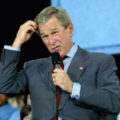


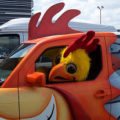





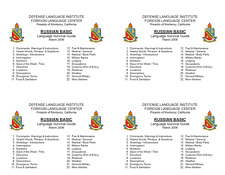
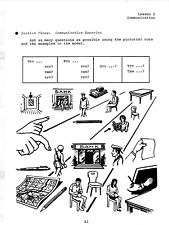




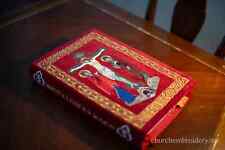
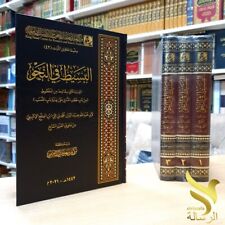
Comments are closed.